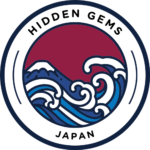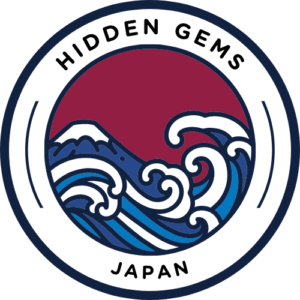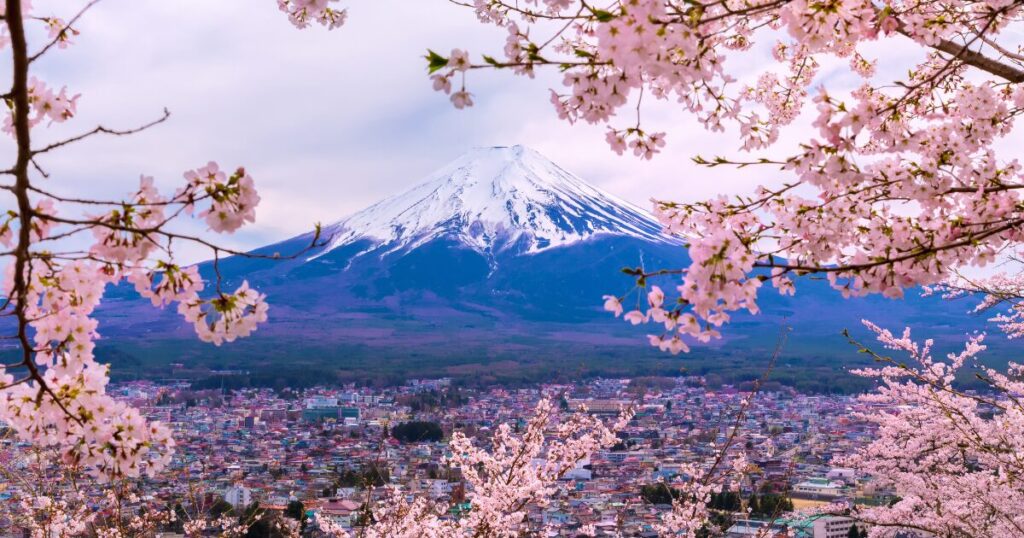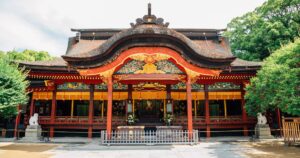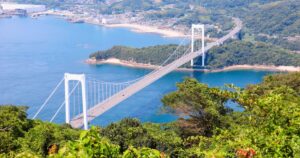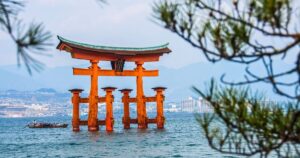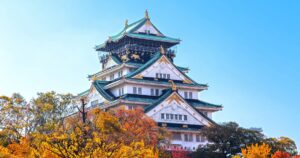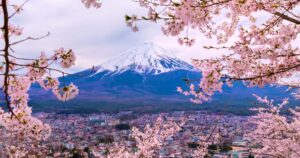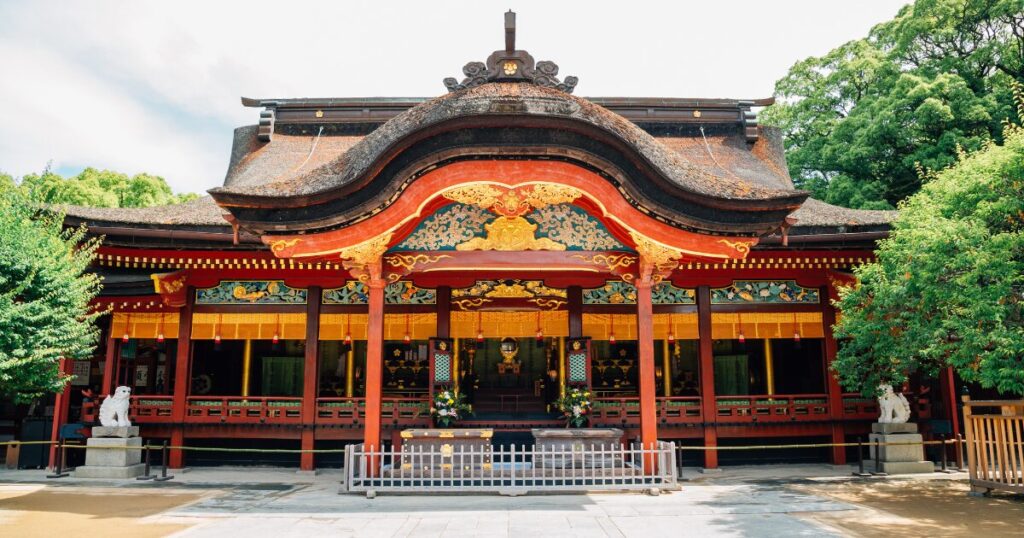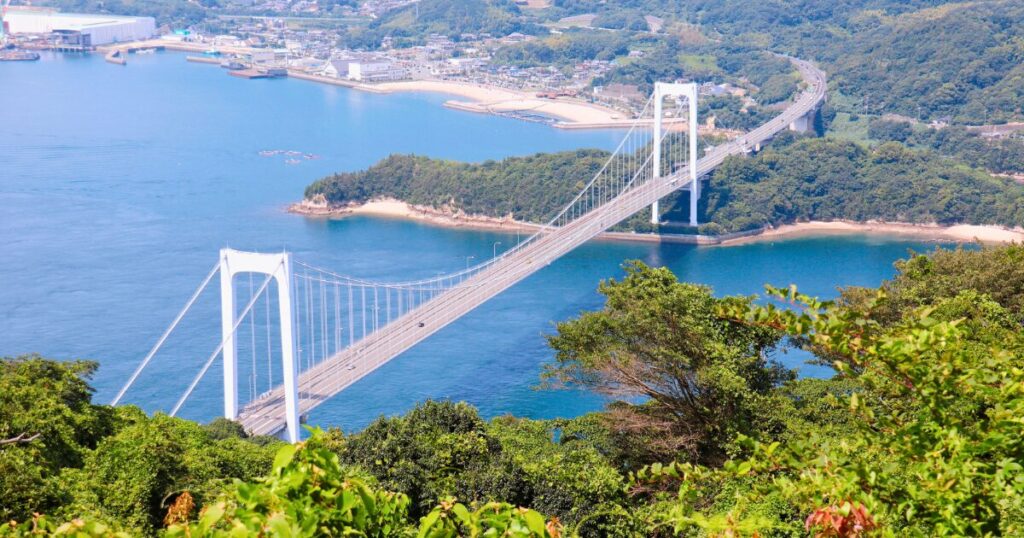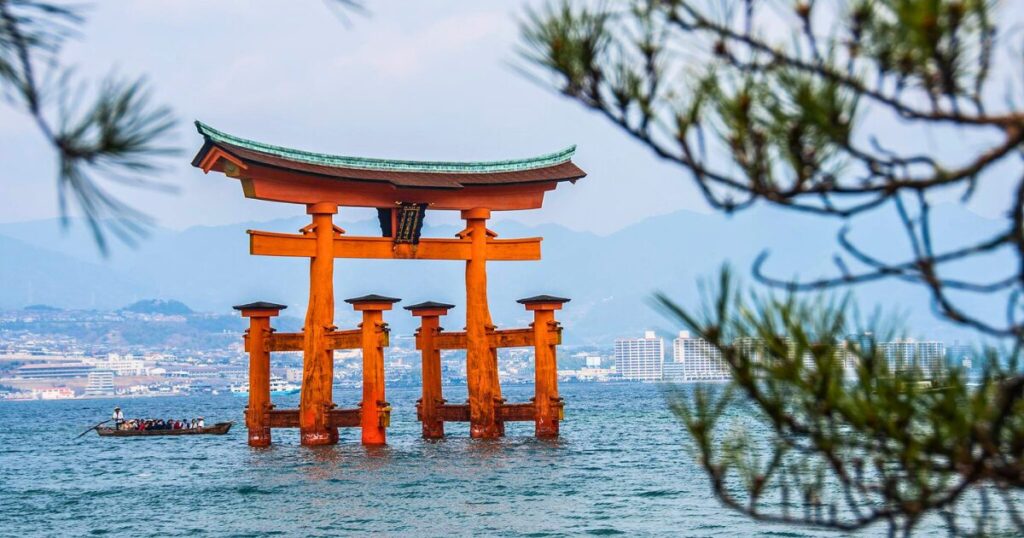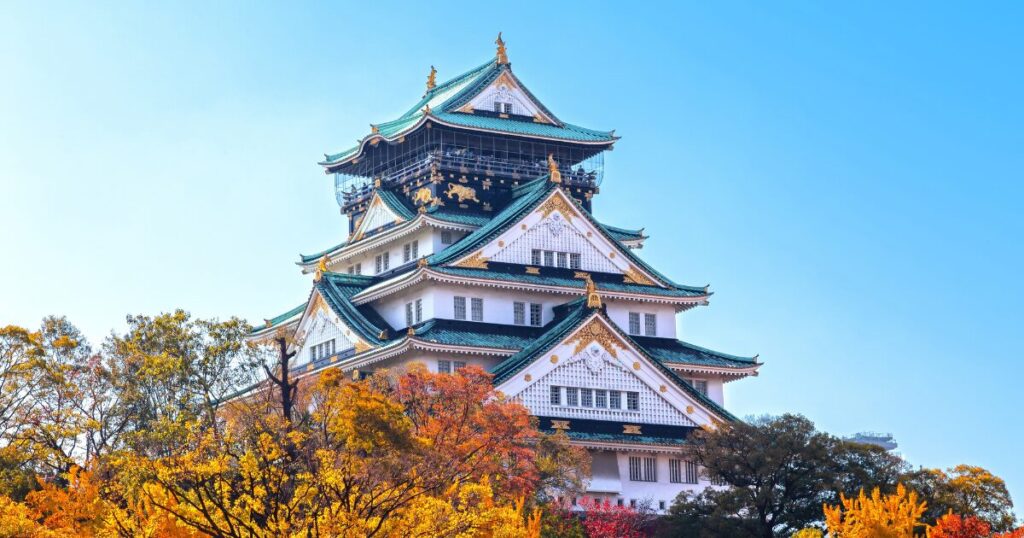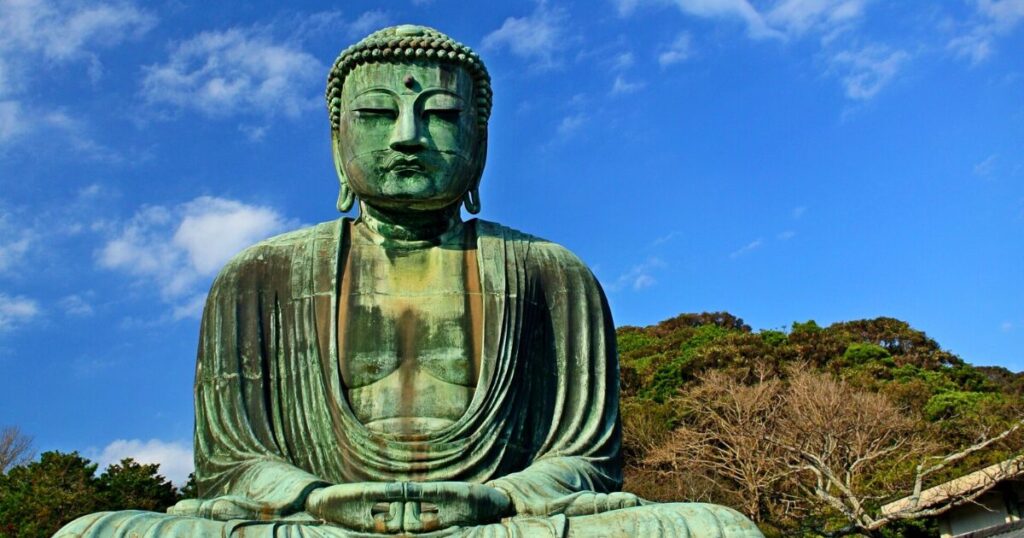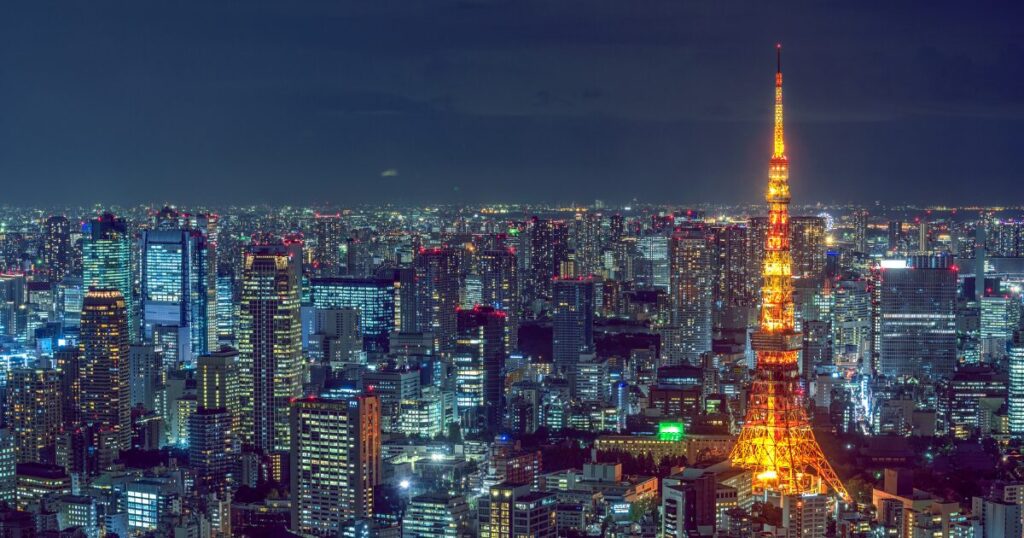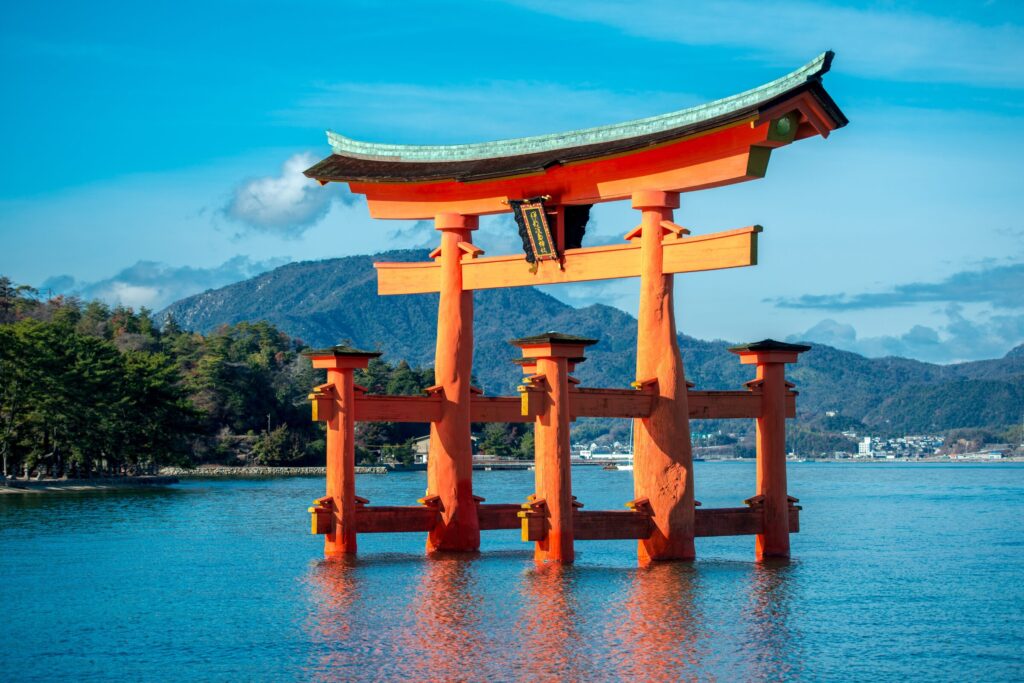The Chubu region, spanning Japan’s heart, is a remarkable blend of natural beauty, historical sites, and cultural richness. Covering nine prefectures, Chubu features everything from the majestic Japanese Alps in Nagano to the serene coastlines of Ishikawa and Fukui.
Many travelers pass through this region on their way between Tokyo and Kyoto, but those who take the time to explore Chubu will find hidden gems, unique attractions, and authentic experiences. Here, we dive into each prefecture’s top sights and what makes them truly special.
Niigata Prefecture
Niigata, stretching along the Sea of Japan, is a land of snowy mountains, rice fields, and some of the best sake in the country. Known for its heavy snowfall in winter and stunning coastal views in summer, Niigata offers both outdoor adventure and peaceful countryside charm. The region produces some of Japan’s highest-quality rice, which translates directly into delicious local dishes and world-class sake. With a rich cultural heritage rooted in farming, fishing, and traditional festivals, Niigata is a perfect destination for those seeking a more rural and relaxed Japanese experience.
Yahiko Shrine (彌彦神社)
Nestled at the foot of Mount Yahiko, this elegant Shinto shrine is surrounded by lush forests and walking trails. The shrine has been a spiritual center of the region for over a thousand years and is especially popular in autumn, when maple leaves turn vibrant red. Take the Yahikoyama Ropeway nearby for panoramic views of the Echigo Plain and the Sea of Japan.
Sado Island (佐渡島)
A short ferry ride from the mainland, Sado Island is full of cultural treasures, historical sites, and dramatic coastal scenery. Once home to political exiles and gold mines, the island is now known for its traditional noh performances, wild coastline, and peaceful rural atmosphere. Don’t miss the Earth Celebration festival hosted by the world-famous Kodo taiko drumming troupe.
Toyama Prefecture
Toyama, located along Japan’s Sea of Japan coast, is renowned for its breathtaking landscapes, including coastal views and mountainous terrain. The prefecture is known for the Tateyama Kurobe Alpine Route, where visitors can see towering snow walls in spring and vibrant fall foliage. Toyama is also famous for fresh seafood from Toyama Bay, especially firefly squid and yellowtail, which locals and visitors alike enjoy. With its blend of natural and culinary attractions, Toyama offers a taste of Japan’s coastal and mountain beauty.
Tateyama Kurobe Alpine Route (立山黒部アルペンルート)
This scenic route connects Toyama and Nagano Prefectures through the Northern Japan Alps. It is especially famous for the towering snow walls that reach up to 20 meters in spring. Visitors can take buses and cable cars to experience different viewpoints and enjoy panoramic vistas of rugged mountains and the Kurobe Dam.
Toyama Glass Art Museum (富山市ガラス美術館)
The museum is dedicated to contemporary glass art and features both international and local artists. Its unique architecture, designed by renowned architect Kengo Kuma, enhances the experience, allowing light to showcase the intricate glass pieces.
Ishikawa Prefecture
Ishikawa, along the Sea of Japan, is known for Kanazawa, a city celebrated for its traditional geisha and samurai districts and one of Japan’s most beautiful gardens, Kenrokuen. This prefecture also boasts traditional crafts, including Kanazawa lacquerware, Kutani pottery, and gold leaf art. From historic sites to coastal scenery, Ishikawa offers a mix of cultural heritage and scenic beauty.
Kenrokuen Garden (兼六園)
One of Japan’s Three Great Gardens, Kenrokuen in Kanazawa is famous for its scenic landscape, featuring ponds, streams, and teahouses. Each season brings a unique beauty, from cherry blossoms in spring to the iconic yukitsuri snow ropes in winter.
Noto Peninsula (能登半島)
The Noto Peninsula is a rural area with rugged coastlines and charming fishing villages. Visitors can enjoy local seafood, scenic drives, and traditional festivals. The Shiroyone Senmaida rice terraces and Wajima’s morning market are popular spots.
Fukui Prefecture
Fukui, located along the Sea of Japan coast, is known for its dinosaur fossils and scenic natural landscapes. Home to the Echizen Coast, Tojinbo cliffs, and the serene Eiheiji Temple, Fukui offers a unique mix of geological and cultural attractions. Fukui’s delicious seafood, especially Echizen crab, draws many food lovers to the area.
Tojinbo Cliffs (東尋坊)
These dramatic cliffs are known for their rugged, jagged beauty formed by volcanic activity. The cliffs are a rare geological formation in Japan, offering stunning views of the Sea of Japan and boat rides for a closer look.
Fukui Dinosaur Museum (福井県立恐竜博物館)
This museum is one of Japan’s leading dinosaur research facilities, displaying life-size dinosaur models and fossils. It offers an educational and fun experience, especially for families and dinosaur enthusiasts.
Yamanashi Prefecture
Yamanashi, just west of Tokyo, is a nature lover’s paradise dominated by mountains, lakes, and views of Mount Fuji. The prefecture is home to the Fuji Five Lakes, many popular hiking trails, and some of Japan’s best fruit—especially grapes and peaches. Yamanashi is also famous for its hot springs and wineries, making it a great destination for both outdoor exploration and relaxation. Whether you’re chasing Fuji views, soaking in a mountain onsen, or sipping a glass of Koshu wine, Yamanashi offers a fresh-air escape with plenty of local charm.
Lake Kawaguchi (河口湖)
One of the Fuji Five Lakes, Lake Kawaguchi is arguably the best place to see Mount Fuji’s reflection on a calm day. The area is packed with museums, cafes, and outdoor activities. Take a scenic ropeway to Mount Tenjo or enjoy a relaxing boat ride. Autumn and spring are especially stunning here, with colorful foliage and cherry blossoms.
Shosenkyo Gorge (昇仙峡)
Located near Kofu City, Shosenkyo is often called one of Japan’s most beautiful gorges. Towering granite cliffs, waterfalls, and forested trails make it a spectacular spot for hiking and photography. In autumn, the area bursts into a blaze of red and gold, attracting leaf-peepers from around the country. Local shops nearby sell crystal crafts and wild grape soft serve.
Nagano Prefecture
Nagano is celebrated for its Japanese Alps, hot springs, and historic sites. A favorite for winter sports enthusiasts, Nagano offers some of Japan’s best skiing and snowboarding areas. The prefecture also has a rich history, with historic temples and onsen towns like Nozawa and Shibu Onsen, making it a popular destination year-round.
Jigokudani Monkey Park (地獄谷野猿公苑)
Famous for its snow monkeys, this park allows visitors to see Japanese macaques soaking in hot springs, especially popular during the snowy winter months. It’s a unique and memorable spot for animal lovers.
Matsumoto Castle (松本城)
Known as the “Crow Castle” for its black exterior, Matsumoto Castle is one of Japan’s oldest and most well-preserved castles, offering a glimpse into Japan’s feudal history.
Gifu Prefecture
Gifu, a land of rivers and mountains, is known for its traditional villages and historic towns. Takayama’s Edo-era streets and Shirakawa-go’s thatched-roof farmhouses are among Japan’s most scenic rural sights. The prefecture is also famous for Gifu’s cormorant fishing on the Nagara River, a traditional fishing technique with a history of over 1,300 years.
Shirakawa-go (白川郷)
This UNESCO World Heritage site is known for its traditional gassho-zukuri farmhouses with steeply pitched roofs designed to withstand heavy snowfall. The area is picturesque year-round, particularly beautiful in winter.
Takayama Old Town (高山の古い町並み)
Takayama preserves a historic atmosphere with its wooden buildings, sake breweries, and local crafts. Known as “Little Kyoto,” it’s ideal for strolling and enjoying traditional Japanese architecture.
Shizuoka Prefecture
Shizuoka, along Japan’s Pacific coast, offers stunning views of Mount Fuji, relaxing hot springs, and vibrant green tea fields. The prefecture is famous for its fresh seafood and produce, including wasabi. Shizuoka is an ideal destination for both nature and food enthusiasts.
Mount Fuji (富士山)
Shizuoka offers some of the best viewpoints of Japan’s iconic mountain. Spots like Miho no Matsubara Beach and Nihondaira Observatory provide stunning vistas of Mount Fuji.
Izu Peninsula (伊豆半島)
The Izu Peninsula is a popular resort area with beautiful beaches, hot springs, and scenic coastal views. Atami and Shimoda are well-known destinations for seaside relaxation.
Aichi Prefecture
Aichi, centered around Nagoya, is known for its blend of modern industry and traditional culture. Nagoya Castle and Atsuta Shrine offer glimpses of its historical significance, while the local cuisine, such as hitsumabushi (grilled eel), showcases Aichi’s unique flavors.
Nagoya Castle (名古屋城)
This iconic castle features golden shachihoko adornments and beautifully landscaped grounds. Its Honmaru Palace exhibits traditional Japanese art and architecture.
Korankei Valley (香嵐渓)
Korankei is a beautiful valley known for its vibrant autumn foliage, attracting visitors from across Japan to witness its colorful scenery.
Conclusion
The Chubu region, spanning nine diverse prefectures, is a treasure trove of cultural heritage, scenic beauty, and authentic experiences. Each prefecture offers its own unique charm, from Toyama’s snow-covered alpine routes to Aichi’s beautiful Nagoya Castle. Chubu’s landscapes and local traditions provide an immersive travel experience that contrasts with Japan’s bustling urban centers. Whether you’re drawn to historical castles, tranquil gardens, or scenic mountain vistas, Chubu invites you to explore Japan at its most serene and captivating.
